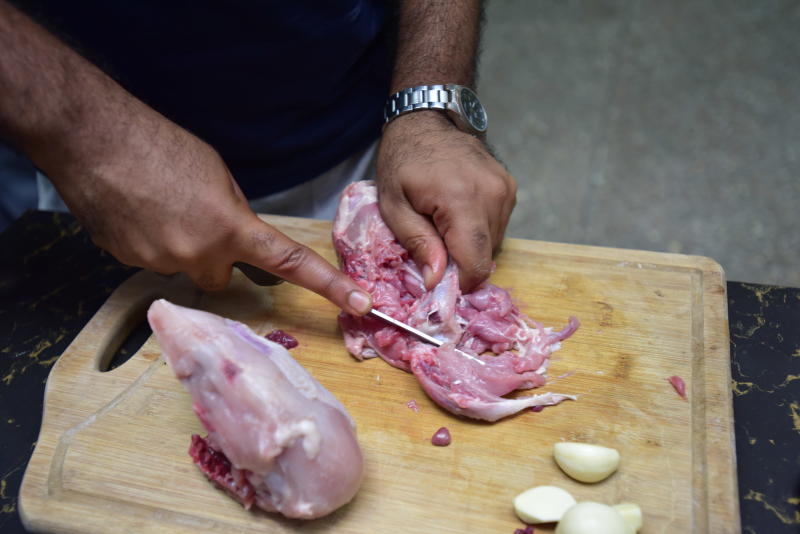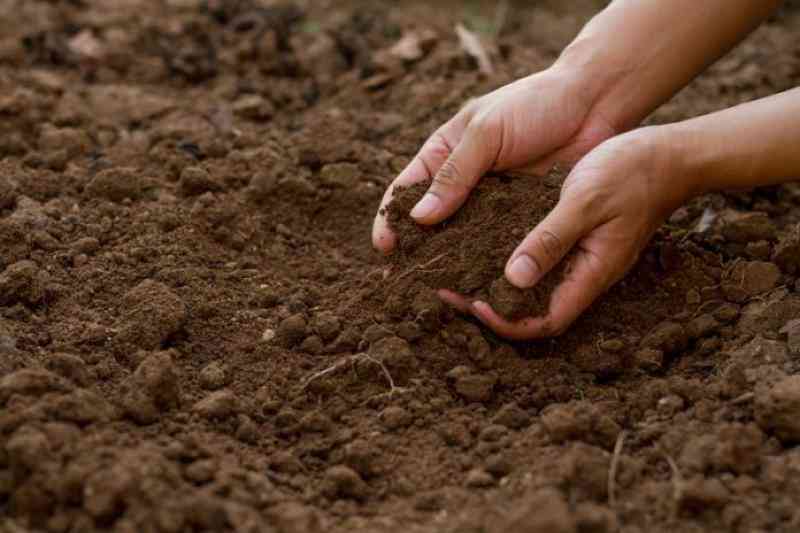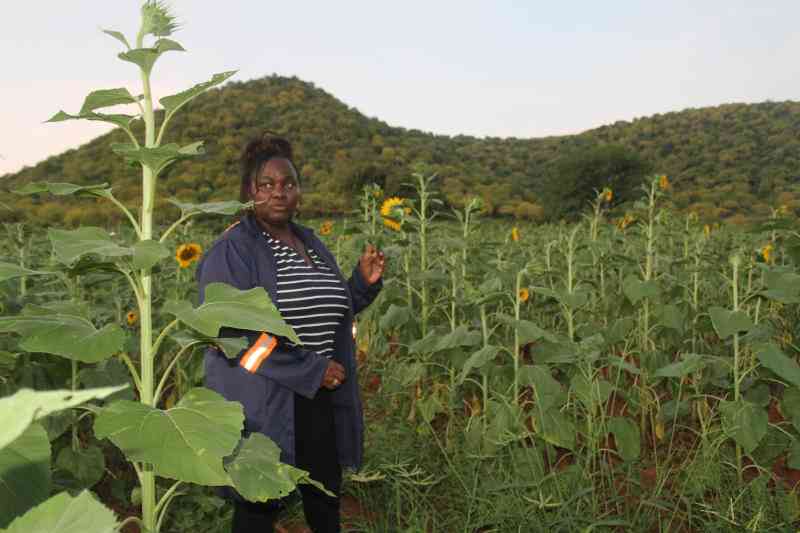
The commercial chicken industry commenced in mid 1980’s with establishment of individual layer and broiler units for production of table eggs and broiler meat.
Annually, the industry produces 81 million metric tonnes of meat worth Sh48.6 billion, while egg production stands at 171 billion eggs valued at Sh 51 billion (source DLP).
To sustain this production and continue to supply the needed protein source to feed the ever-growing population, we need to look at ways of adding value to meat and eggs.
Ever-increasing demand
In simple terms, value addition is the further processing, adding value to the product, to elongate life span to the products and increase convenience to the consumers.
Furthermore, value addition helps in creating opportunities to market our products to satisfy the millennial population and give farmers more money to sustain the ever-increasing demand for products.
It also mitigates losses farmers go through while trying to sell the traditional eggs and whole capons to a dynamic, knowledgeable and digitally-endowed society. So, what are some of the value-added products farmers can make from poultry products?
1. Fresh broiler meat.
This type of meat is popular, kept at 4 degrees centigrade. However it cannot be kept beyond 24 hours.
2. Frozen meat.
This is popular in developed countries. When frozen, the chicken have a lifespan of eight months. To embrace this without increasing costs, farmers can form societies and buy freezers where they can store products during low demand seasons and offload during peak seasons.
3. Bone-in products.
They are very popular in Tanzania for making soup.
4.Boneless products.
The beauty of these is that they are easy to cook and popular with middle-class citizens.
5.Semi-cooked parts can be sold in supermarkets, hospitals, schools and hotels.
6. Fully cooked.
To prepare such, farmers need to run their own restaurants, eateries, choma points and sell fully cooked products.
7. Seasoned or marinated products.
Marination takes about 72 hours and is popular in most restaurants, the meat is juicy and has aromatic taste.
8. Chicken parts or portions.
They are quite popular and include drumsticks, thigh, wings, breasts, breast halves, poultry halves, winglets, drumettes, breast quarters, leg quarters, legs (drumstick+ thigh), gizzards and necks. These can be packed and sold to supermarkets as fresh or frozen cut-ups.
9. Blood.
You can also make a coin or two from chicken blood. Bloods can be dried and sold as fish meal, while feet and heads are packed and sold as pet food.
10. Egg products.
To prepare the value added products, the eggs are broken, the liquid is then filtered, mixed and then stabilised. They are then blended. This mixture is then pasteurised to kill any pathogens before cooling into liquid form. From there, one can freeze or dry into powder. The mixture can then be packed as liquid, frozen or dried powder. The egg powder has a lifespan of four years. When you want to eat it, all you do is mix two table spoon of egg powder with one table spoon of water and are ready to be cooked. This product is slowly gaining popularity in the baking industry because it is easy to use.
11. Feathers.
Yes we are all used to throwing away the feathers as waste, but you will be surprised to learn that it can fetch you an extra coin. It can be dried and used as fire source, making furniture cushions and pillows.
12. Poultry manure.
Many poultry farmers have discovered that chicken manure is good for improving soil fertility as it is a rich source of nitrogen and phosphorus.
Finally, egg shells are the only by products of poultry with zero economic value and even if buried in the soil will take years to disintegrate into calcium source.
[Dr Watson Messo Odwako, Head Vet Kenchic, vet@kenchic.com]
Want to get latest farming tips and videos?
Join Us
 The Standard Group Plc is a multi-media organization
with investments in media platforms spanning newspaper print operations,
television, radio broadcasting, digital and online services. The Standard Group
is recognized as a leading multi-media house in Kenya with a key influence in
matters of national and international interest.
The Standard Group Plc is a multi-media organization
with investments in media platforms spanning newspaper print operations,
television, radio broadcasting, digital and online services. The Standard Group
is recognized as a leading multi-media house in Kenya with a key influence in
matters of national and international interest.
 The Standard Group Plc is a multi-media organization
with investments in media platforms spanning newspaper print operations,
television, radio broadcasting, digital and online services. The Standard Group
is recognized as a leading multi-media house in Kenya with a key influence in
matters of national and international interest.
The Standard Group Plc is a multi-media organization
with investments in media platforms spanning newspaper print operations,
television, radio broadcasting, digital and online services. The Standard Group
is recognized as a leading multi-media house in Kenya with a key influence in
matters of national and international interest.







